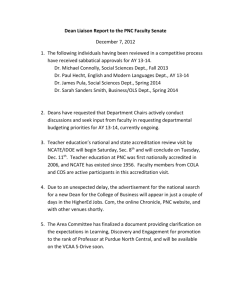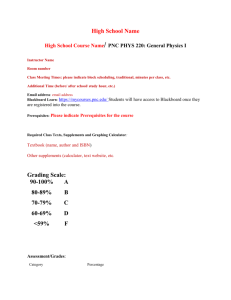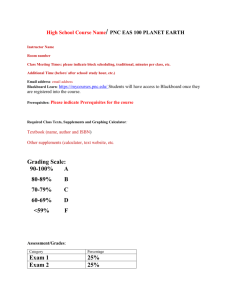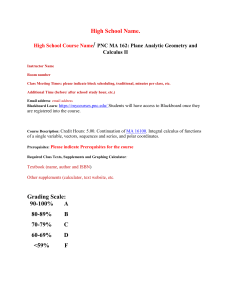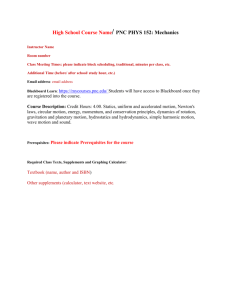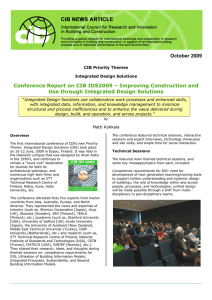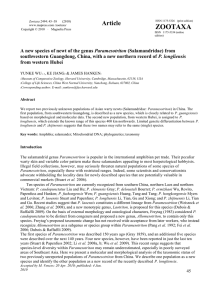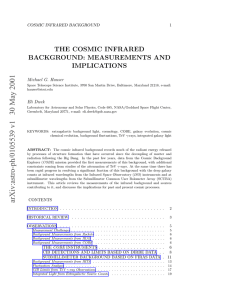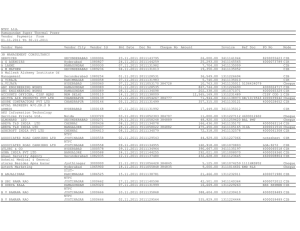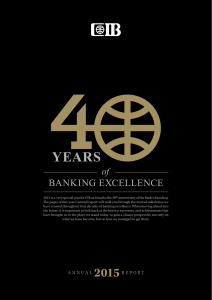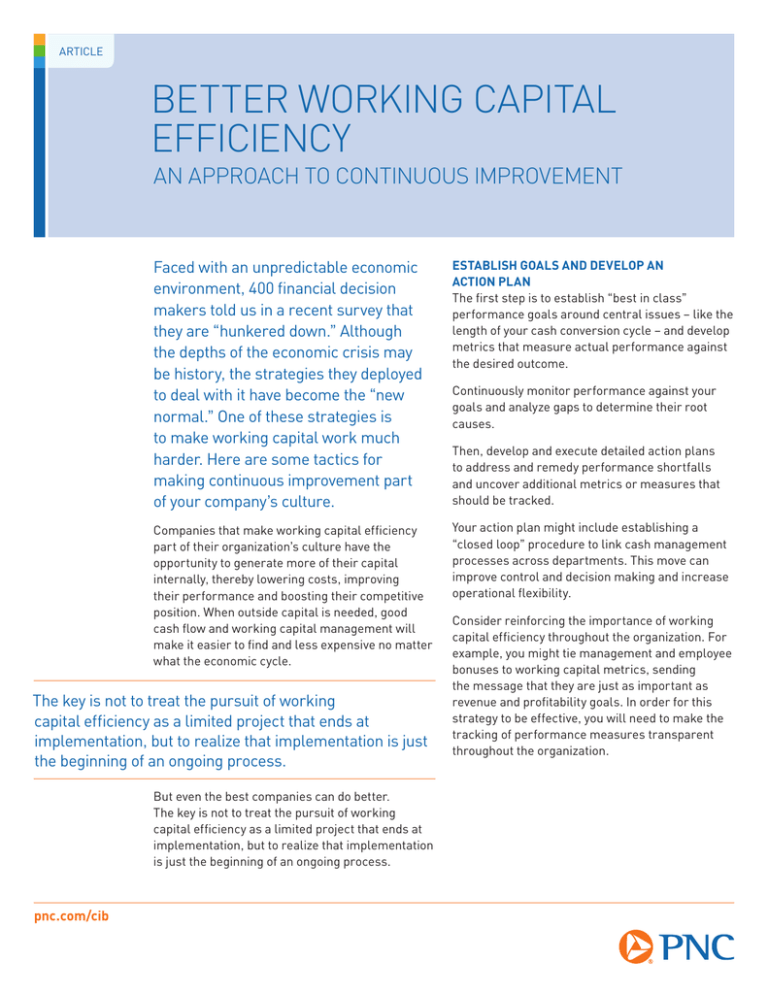
ARTICLE
BETTER WORKING CAPITAL
EFFICIENCY
AN APPROACH TO CONTINUOUS IMPROVEMENT
Faced with an unpredictable economic
environment, 400 financial decision
makers told us in a recent survey that
they are “hunkered down.” Although
the depths of the economic crisis may
be history, the strategies they deployed
to deal with it have become the “new
normal.” One of these strategies is
to make working capital work much
harder. Here are some tactics for
making continuous improvement part
of your company’s culture.
ESTABLISH GOALS AND DEVELOP AN
ACTION PLAN
The first step is to establish “best in class”
performance goals around central issues – like the
length of your cash conversion cycle – and develop
metrics that measure actual performance against
the desired outcome.
Companies that make working capital efficiency
part of their organization’s culture have the
opportunity to generate more of their capital
internally, thereby lowering costs, improving
their performance and boosting their competitive
position. When outside capital is needed, good
cash flow and working capital management will
make it easier to find and less expensive no matter
what the economic cycle.
Your action plan might include establishing a
“closed loop” procedure to link cash management
processes across departments. This move can
improve control and decision making and increase
operational flexibility.
The key is not to treat the pursuit of working
capital efficiency as a limited project that ends at
implementation, but to realize that implementation is just
the beginning of an ongoing process.
But even the best companies can do better.
The key is not to treat the pursuit of working
capital efficiency as a limited project that ends at
implementation, but to realize that implementation
is just the beginning of an ongoing process.
pnc.com/cib
Continuously monitor performance against your
goals and analyze gaps to determine their root
causes.
Then, develop and execute detailed action plans
to address and remedy performance shortfalls
and uncover additional metrics or measures that
should be tracked.
Consider reinforcing the importance of working
capital efficiency throughout the organization. For
example, you might tie management and employee
bonuses to working capital metrics, sending
the message that they are just as important as
revenue and profitability goals. In order for this
strategy to be effective, you will need to make the
tracking of performance measures transparent
throughout the organization.
2
BETTER WORKING CAPITAL EFFICIENCY
ASSESS AND IMPROVE COLLECTIONS
PROCESSES
Timing collections has become an important
strategy under the current cost of capital scenario.
Treasurers today have access to timely information
that can enable them to reduce such items as Days
Sales Outstanding (DSO).
Analytics are also available through lockbox
programs that can help to drive down unauthorized
discounts and deductions by tracking and
managing exceptions faster and more accurately.
These tactics can help you lessen the difference
between gross and net sales.
You should also consider remote deposit and
remote capture, newer technologies that enable
businesses to scan paper checks and transmit the
images and/or ACH data to a bank for posting and
clearing. Benefits can include accelerated clearing
and improved availability.
EVALUATE PAYMENT STRATEGIES
Make sure you are using the best method of
payment to maximize efficiency, float or revenue
sharing for the best return.
Purchasing card programs can boost cash flow
and increase working capital. These programs can
be integrated into your existing accounts payable
process and extend payment cycles.
RE-THINK SHORT-TERM INVESTMENTS
Historically, treasurers have evaluated their short
term investments by considering yield first, then
liquidity and risk. In the current environment, it
might be more effective to choose less risky short
term investments in order to protect the financial
health of your company.
INVEST STRATEGICALLY
It isn’t always necessary to sacrifice projectoriented tactics. Investment in projects that help
minimize the cost of capital can reap benefits
now and in the future. These might include
improvements in payment processes.
LEVERAGE EXTERNAL RESOURCES
Look to external resources for fresh approaches to
continuous improvement.
Benchmark your results against those of
companies that are recognized as best in class
for optimizing working capital. Scorecards from
industry publications put a microscope on the
details of financial performance and can help you
identify the most effective companies.
Find out how those enterprises manage and
measure cash flow performance. You might
even consider reaching out to peers at leading
companies to gather more insight, or participate in
industry research panels.
MAKE CONTINUOUS IMPROVEMENT
A DAILY PURSUIT
Once you make working capital efficiency part
of your company’s DNA, it becomes more than a
strategic priority. It is a daily pursuit. Continuous
improvement naturally follows. Becoming best in
class in working capital efficiency in your industry
will lead to lower cost, better performance and an
improved competitive position.
For more ideas, insight and solutions,
contact your relationship manager or
visit pnc.com/cib
This article was prepared for general information purposes only and is not intended as legal, tax, accounting or financial advice, or recommendations to
buy or sell securities or to engage in any specific transactions, and does not purport to be comprehensive. Under no circumstances should any information
contained herein be used or considered as an offer or a solicitation of an offer to participate in any particular transaction or strategy. Any reliance upon
this information is solely and exclusively at your own risk. Please consult your own counsel, accountant or other advisor regarding your specific situation.
Any views expressed herein are subject to change without notice due to market conditions and other factors.
©2011 The PNC Financial Services Group Inc. All rights reserved. CIB PDF 0711-064-32011
pnc.com/cib

